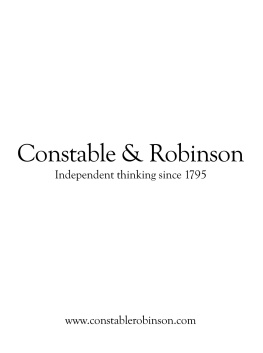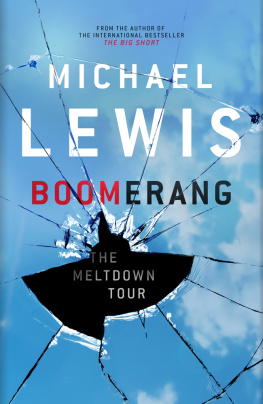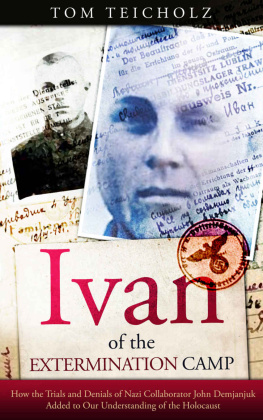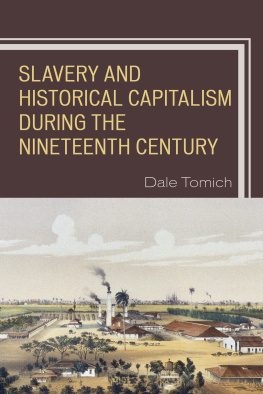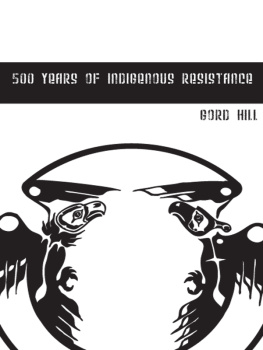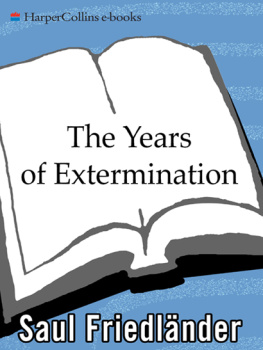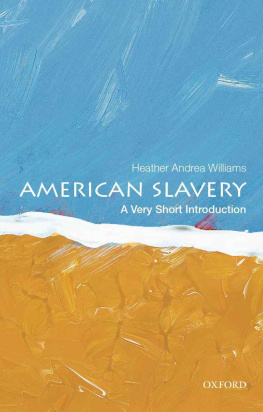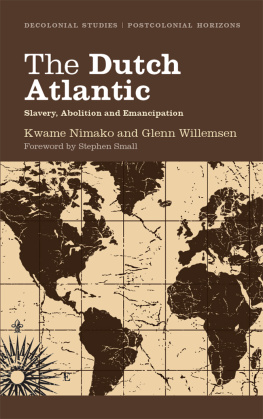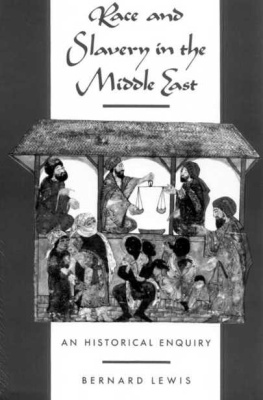A Curse upon the Nation
A Curse upon the Nation
RACE, FREEDOM, AND EXTERMINATION IN AMERICA AND THE ATLANTIC WORLD
Kay Wright Lewis
The University of Georgia Press
Athens
2017 by the University of Georgia Press
Athens, Georgia 30602
www.ugapress.org
All rights reserved
Set in 10.5/13.5 Adobe Garamond Pro by Graphic Composition, Inc.
Most University of Georgia Press titles are
available from popular e-book vendors.
Printed digitally
ISBN: 9780820351278 (hardcover: alk. paper)
ISBN: 9780820351261 (ebook)
Library of Congress Control Number: 2017946598
In memory of my muse,
Sylvia Lorraine Wright,
a beautiful and brilliant woman
CONTENTS
:
Genocidal Violence in Colonial America
:
White Fear, Black Warriors
:
The Continuity of African and European Warfare Practices
:
The Virginia Debates
:
Reopening the African Slave Trade
:
The Power of Memory and the Dangers of Violence
:
The Civil War and PostCivil War Era
A Curse upon the Nation
ACKNOWLEDGMENTS
This book is the manifestation of a long and serious effort to understand racial violence in America. I want to thank all of the wonderful scholars at Rutgers University who encouraged and supported me: Suzanne Lebsock, Nancy Hewitt, Mia Bay, and my outside reader, Walter Johnson. I also want to thank Carolyn Brown, Ann Fabian, Jan Lewis, Donna Murch, and Steve Lawson, who, knowingly or unknowingly, helped to shape how I approached this work. But I especially want to thank Deborah Gray White for her mentorship and unwavering belief in the value of this project.
I am eternally grateful for the generous support I received from the Virginia State Library; the Andrew W. Mellon Research Fellowship from the Virginia Historical Society; the summer research grant from the University of South Carolina; the staff at the South Carolina Department of Archives and History; the Gilder Lehrman Center for the Study of Slavery, Resistance, and Abolition Postdoctoral Fellowship from Yale University; and the summer research grant from Norfolk State University.
My editor, Walter Biggins, has been a gift from God, and I deeply appreciate his support and guidance in this project. And finally, I want to thank my husband, William Lewis, and my children, Adina, Samantha, Victoria, and Marissa, for their love and unwavering generosity in allowing me to fulfill my dream of becoming a historian.
INTRODUCTION
The Legacy and Human Cost of Slavery
In the spring of 1918, when Mary Turner made what a mob considered unwise remarks about the lynching of her husband, who she claimed was innocent of any wrongdoing, the people took exceptions to her remarks as well as her attitude.
At least eleven other African Americans in this part of South Georgia were lynched, and more than five hundred fled the region, fearing for their lives. Most African Americans living in the South during the Jim Crow era did not receive equal treatment by the criminal justice system. This did not deter Mary from speaking out, but clearly hundreds of other African Americans were so terrorized that, rather than confront the lawless mobs, they left Lowndes County. Horrific violence against black men, women, and children in the postemancipation South had a long and complicated history in America, and white southerners knew that they had the upper hand politically, Racialized violence was a salient part of everyday life in the African American community in the Jim Crow South, but it also had roots in the historical legacy of slavery.
The silence surrounding the history of how and why racialized violence toward African Americans became inscribed in race relations in America, continuing throughout the civil rights era, is entangled with how certain narratives are privileged over others in the production and creation of what is considered fact or truth. This erasure is made manifest by the countless testimonies of African Americans about the violence they experienced and the trauma that such violent events caused in their lives, events that have not been acknowledged. Although the majority of African Americans lynched during and after the Civil War were men, many women and children were also murdered during the centuries when slavery reigned. The notion of the inevitability of Americas Manifest Destiny, which is entangled with ideas of white supremacy, obfuscates the fact that extermination was part of a racialized ideology used to sustain the institution of enslavement and the slave trade. For African Americans enslaved and free in America, however, their memories of the conflict and trauma remained significant well into the civil rights era. For those enslaved and free, racial extermination was not unthinkable. And here lies the chasm that this work attempts to fill, between historical production and memory, between authentic experience and the meaning of those experiences. Indeed, African Americans remembered the fear and trauma that this discourse generated among enslaved and free people with an exactitude that requires full acknowledgment.
Intuitively, we know that this sort of violence did not begin as a postemancipation South phenomenon, the South that saw the rise of the Ku Klux Klan, where white Americans set upon black Americans and where occasionally African Americans armed themselves in self-defense. It had a prehistory that extends back to the initial decades of English colonization and the development of slavery in America. Historian Claude Clegg argues that white Americans saw blackness as a troubling counternarrative that disrupted their vision of America as a neo-European preserve and precluded their ideas of ending slavery and implementing immediate emancipation. The history of these ideas, in part, helps explain the ferocity of the violence that black women like Mary Turner experienced during Reconstruction and the Jim Crow era. It exposes the probability that white southerners did not develop a new emotional state after the Civil War but were rather perpetuating an inherited set of ideas about black bodies and, indeed, black humanity.
The foundation for race-based violence in America emanated from a type of warfare used for centuries by Europeans and some Africans. What we today call total warfare, which military historian John Grenier calls unlimited war or petite guerre, is a strategy where one side attempts to destroy its enemys will to fight by killing and intimidating the enemys noncombatant populations, namely, women, children, and the elderly. The institution of African enslavement, as it was practiced, was always poised to disintegrate into an exterminatory war, a war that white Americans were determined black Americans would lose. Yet over time, most African Americans deliberately sought strategies of nonviolence to win their freedom from enslavement and oppression. Anglo-Americans, however, continued to believe in the potential necessity of black extermination if a race war should ensue, making the threat of extermination an essential tool for maintaining the institution of enslavement and white supremacy.
The psychological cost of slavery is unveiled in the way that Africans and Europeans dealt with racialized codes of war. This ability to spring back is evidenced by the black communitys determination to create a collective memory or social memory of its experiences as an enslaved and free people, an essential part of African American history for what it tells us about how African Americans endured hardship, how they continued to achieve and prosper despite the challenges they faced, how concerns about racial extermination did not deter their determination to achieve social justice and equality. Thus the social and psychological costs of a war between the races were not the same for those in the oppressed group as for those in the dominant group; therefore, the teleological underpinnings of this rhetoric are paramount to this study.
Next page


